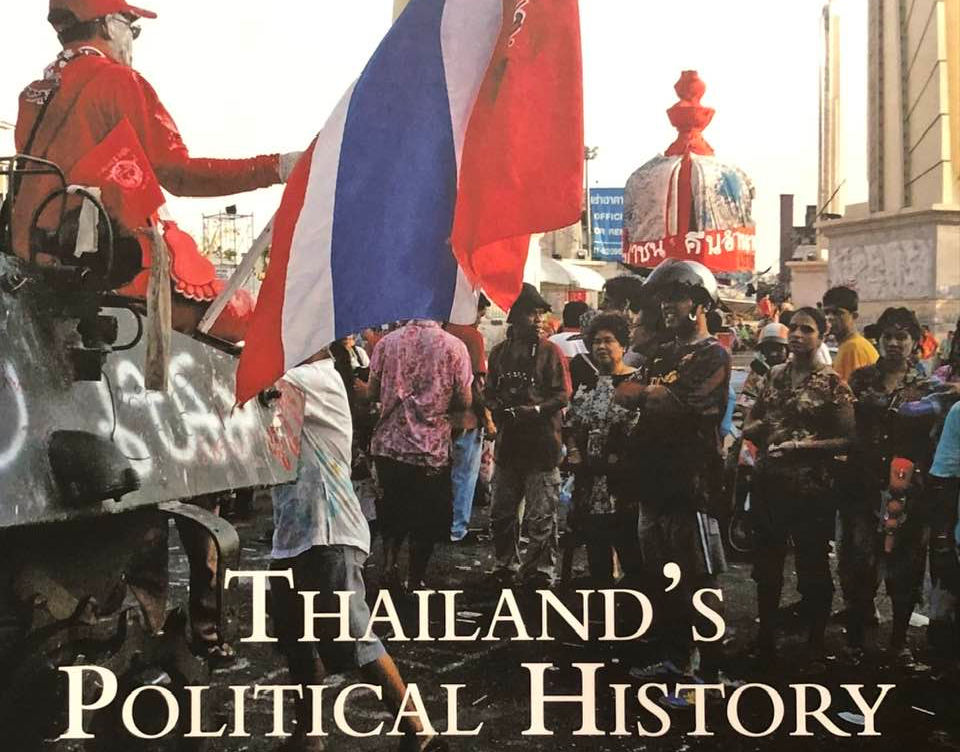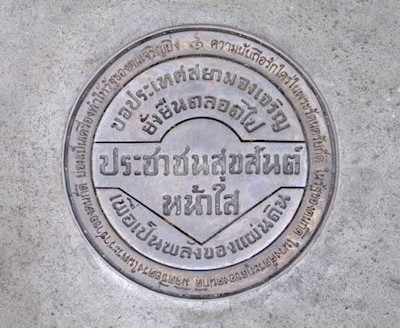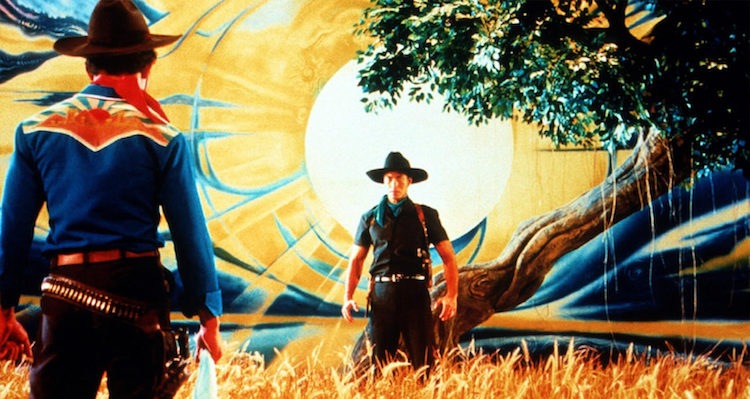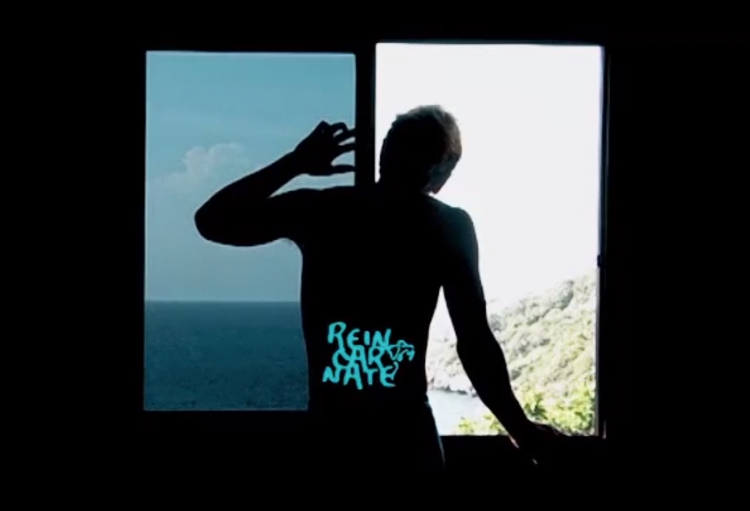
The second edition of Thailand’s Political History, by B.J. Terwiel, was published in 2011 with a new subtitle (From the 13th Century to Recent Times). This edition contains new chapters on Thailand’s political origins (the Sukhothai era) and contemporary events (the People’s Alliance for Democracy protests, the nullification of the 2006 election, the 2006 coup, the disqualification of Prime Minister Samak Sundaravej, the dissolutions Thai Rak Thai and the People Power Party, the United Front for Democracy Against Dictatorship riots, the red-shirt protests, and the 2010 military massacre).
Terwiel, who has been writing about Thai history for forty years, takes a refreshingly skeptical view of the nationalistic accounts of early Thai history, which he calls “national myths.” For example, he compares six different accounts of King Naresuan’s elephant duel. While the objective truth remains lost in the mists of time, recognising that these events are open to multiple interpretations is significant in itself: “It is doubtful whether anyone will unravel the details of this battle in a decisive way. Suffice to say that The Royal Chronicle version, which has had a monopoly in Thai history writing, is only one version among many.”
Terwiel, who has been writing about Thai history for forty years, takes a refreshingly skeptical view of the nationalistic accounts of early Thai history, which he calls “national myths.” For example, he compares six different accounts of King Naresuan’s elephant duel. While the objective truth remains lost in the mists of time, recognising that these events are open to multiple interpretations is significant in itself: “It is doubtful whether anyone will unravel the details of this battle in a decisive way. Suffice to say that The Royal Chronicle version, which has had a monopoly in Thai history writing, is only one version among many.”










